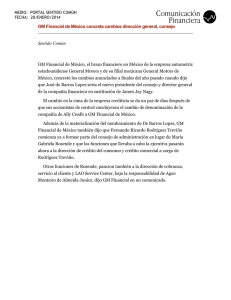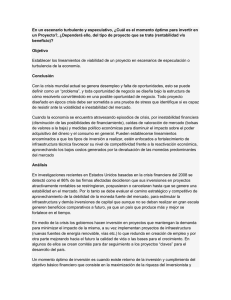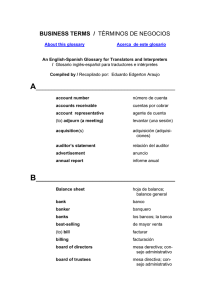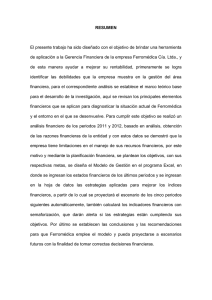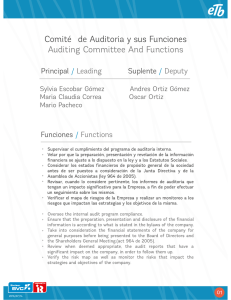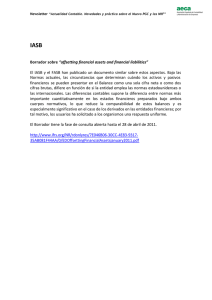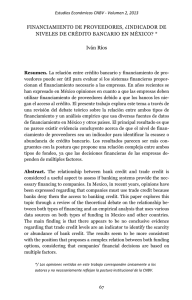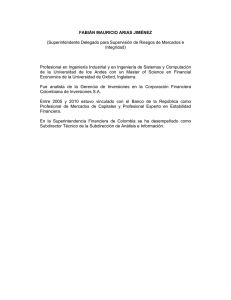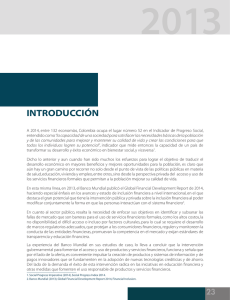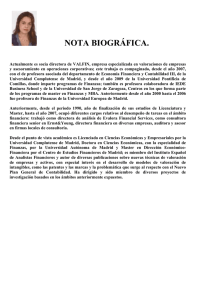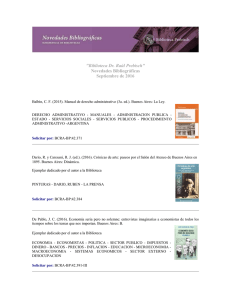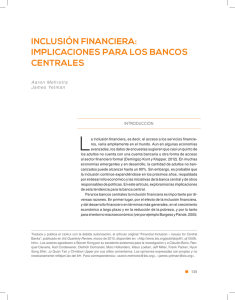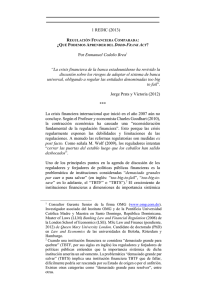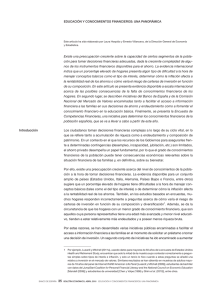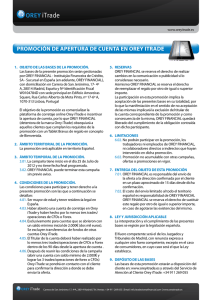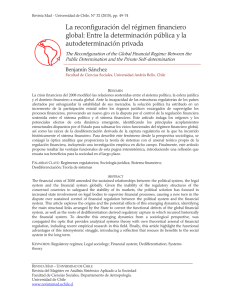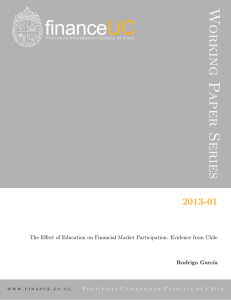pdf 13 kb
Anuncio
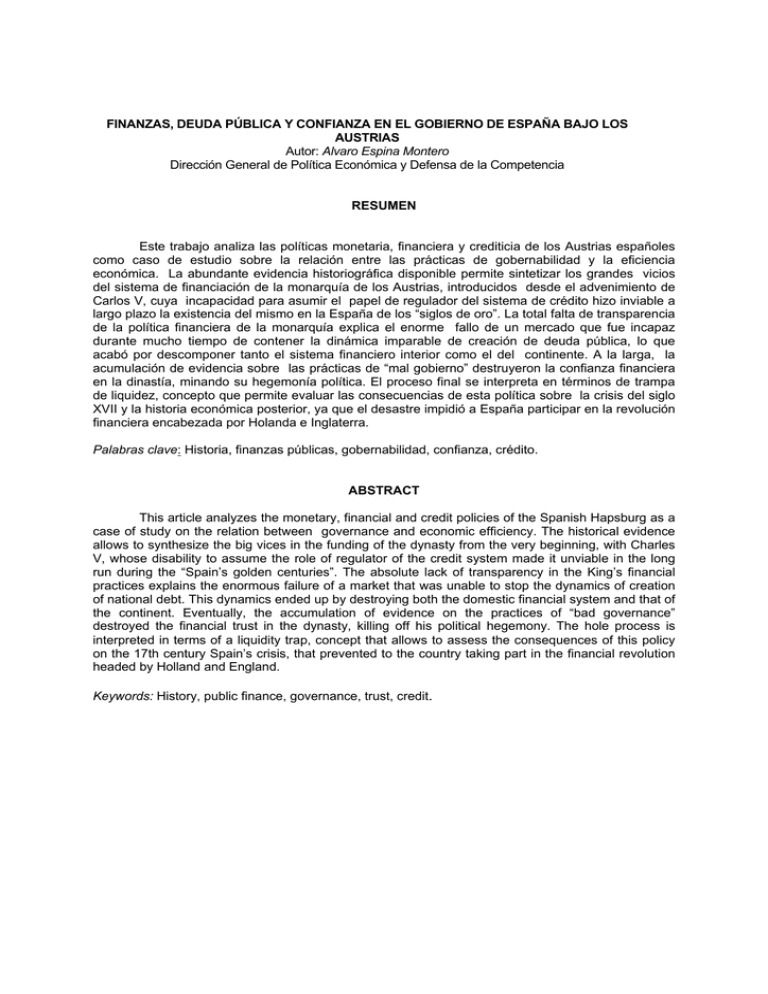
FINANZAS, DEUDA PÚBLICA Y CONFIANZA EN EL GOBIERNO DE ESPAÑA BAJO LOS AUSTRIAS Autor: Alvaro Espina Montero Dirección General de Política Económica y Defensa de la Competencia RESUMEN Este trabajo analiza las políticas monetaria, financiera y crediticia de los Austrias españoles como caso de estudio sobre la relación entre las prácticas de gobernabilidad y la eficiencia económica. La abundante evidencia historiográfica disponible permite sintetizar los grandes vicios del sistema de financiación de la monarquía de los Austrias, introducidos desde el advenimiento de Carlos V, cuya incapacidad para asumir el papel de regulador del sistema de crédito hizo inviable a largo plazo la existencia del mismo en la España de los “siglos de oro”. La total falta de transparencia de la política financiera de la monarquía explica el enorme fallo de un mercado que fue incapaz durante mucho tiempo de contener la dinámica imparable de creación de deuda pública, lo que acabó por descomponer tanto el sistema financiero interior como el del continente. A la larga, la acumulación de evidencia sobre las prácticas de “mal gobierno” destruyeron la confianza financiera en la dinastía, minando su hegemonía política. El proceso final se interpreta en términos de trampa de liquidez, concepto que permite evaluar las consecuencias de esta política sobre la crisis del siglo XVII y la historia económica posterior, ya que el desastre impidió a España participar en la revolución financiera encabezada por Holanda e Inglaterra. Palabras clave: Historia, finanzas públicas, gobernabilidad, confianza, crédito. ABSTRACT This article analyzes the monetary, financial and credit policies of the Spanish Hapsburg as a case of study on the relation between governance and economic efficiency. The historical evidence allows to synthesize the big vices in the funding of the dynasty from the very beginning, with Charles V, whose disability to assume the role of regulator of the credit system made it unviable in the long run during the “Spain’s golden centuries”. The absolute lack of transparency in the King’s financial practices explains the enormous failure of a market that was unable to stop the dynamics of creation of national debt. This dynamics ended up by destroying both the domestic financial system and that of the continent. Eventually, the accumulation of evidence on the practices of “bad governance” destroyed the financial trust in the dynasty, killing off his political hegemony. The hole process is interpreted in terms of a liquidity trap, concept that allows to assess the consequences of this policy on the 17th century Spain’s crisis, that prevented to the country taking part in the financial revolution headed by Holland and England. Keywords: History, public finance, governance, trust, credit.
